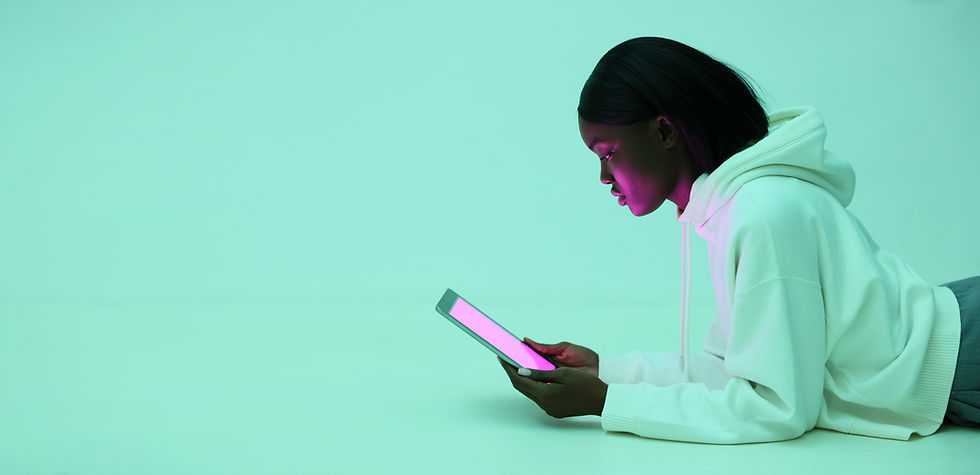Using sales promotions to increase impulse buying
- Sreeram Sivaramakrishnan

- Dec 12, 2022
- 3 min read
Sales promotions are an important tool for marketers and retailers. However, their effectiveness in boosting impulse purchases can be improved by considering the psychological processes that drive impulse buying. Impulse purchases occur when a spontaneous, emotional response to an offer is supported by a rational evaluation of the offer, which is also influenced by personal characteristics of the shoppers. Therefore, marketers and retailers can design promotions that are attractive, customised, and focused on the utility of the offer.

Sales promotions are a powerful tool for retailers and marketers to boost short-term sales.

Promotions often contribute to sales by encouraging impulse buying or unplanned purchases. However, in the absence of knowledge of how promotions impact the psychological processing that leads to impulse buying, promotional campaigns are, at best, based on prior experience and, at worst, a matter of guesswork. A study, therefore, examines the psychological impact of sales promotions and tries to answer the question: How can sales promotions be made more effective in triggering impulse buying?
<To read more about encouraging impulse buying, check out this post>
The study found that two psychological processes together determine impulse buying—a

Reflective system and an Impulsive system. These are referred to more famously as System 2 and System 1 thinking by Daniel Kahneman. Various features of sales promotions affect these two systems differently. The Reflective system is the process of decision-making through high-order mental processes like judging and evaluating options, especially using logical reasoning. The Impulsive system, on the other hand, produces automatic responses based on associations. It is fast and effortless. For example, the Reflective system would evaluate a woollen sweater as being warm, while the Impulsive system would associate it with bonfires. The two systems jointly influence buying behaviour.

According to the study, the Impulsive system is spontaneous and works through association

and emotional responses. It is the immediate response to promotions. It is influenced by the stimulating quality and attractiveness of the offer (e.g., a large, 3D sign displaying “25% off”), and the impulse buying tendency and sale-proneness of shoppers. Also, both immediate and delayed rewards stimulate the Impulsive system.
On the other hand, the Reflective system is influenced by characteristics of the promotion

like the type of reward offered. For instance, monetary promotions trigger stronger responses than non-monetary ones. Surprisingly, high levels of excitement generated by the offer also induce high levels of reflective responses. Typically, the Reflective process follows the Impulsive process in the decision-making journey in a shopper’s mind. Ultimately, both the systems work together to generate impulse purchases.

<You can read this post for an interesting discussion on the customer-promotion-channel link>
The study has interesting implications for retailers and marketers vis-à-vis sales promotion

design and strategy. Since excitement about the product or offer can stimulate both Reflective and Impulsive systems, they can engage shoppers through surprising, personal, and wowing displays. They can also induce excitement by adding a gamification aspect to it like scratch-off discounts, look-and-find games, or spin-and-win prizes.

Additionally, marketers and retailers can introduce promotions that highlight the utility, efficiency, or convenience of the purchase to trigger the Reflective system. Limited-edition products can also stimulate the Reflective system by creating a time pressure to buy the items.


To leverage the Impulsive system, marketers and retailers can utilise behavioural segmentation to identify individuals with high sale-proneness and impulsivity. Then they can tailor and personalise sales promotions to these customers. CRM systems can provide customer data that can help them target buyers who respond well to promotions or to identify the most attractive promotion schemes for a particular buyer.
The Impulsive system can also be leveraged by using both immediate (e.g., free gifts) and

delayed rewards (e.g., cashbacks). Delayed rewards can additionally be used as a customer retention tactic as they encourage buyers to shop again from the retailer (also referred to as bounceback promotions). Since both the Reflective and Impulsive systems work hand in hand to cause impulse purchasing, designing promotions to target both would give marketers and retailers the highest chance of increasing sales conversion while also reducing promotion costs.
<Click here to read more about making promotions more effective>







Comments